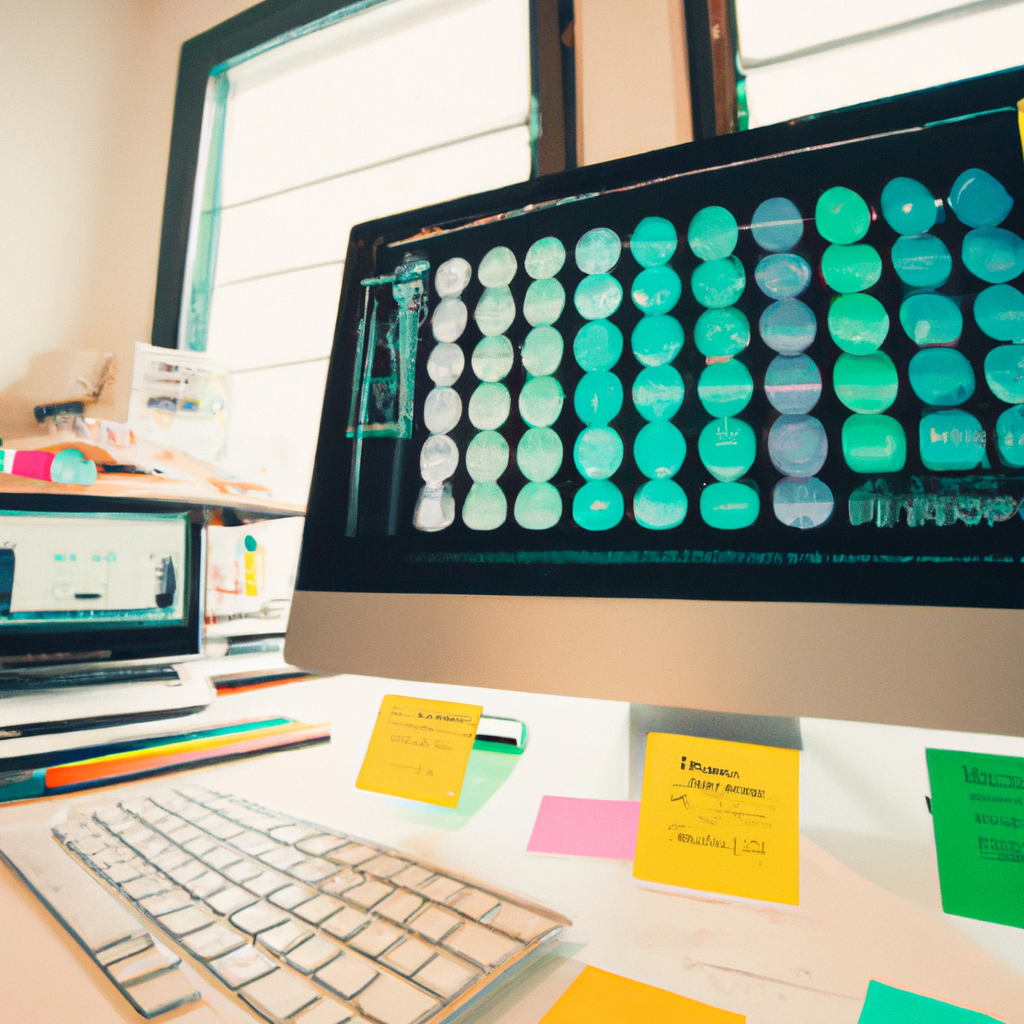
Typography in Graphic Design: More Than Just Words
My Exploration into Typography
Throughout my experience in graphic design, there is one area that I’ve found particularly captivating – typography. This fundamental element does more than just convey textual information; it sets the tone, evokes emotions, and greatly impacts the effectiveness of a design.
The Impact of Typography
Why do I consider typography an essential aspect of graphic design? Here’s why:
- Sets the Mood: The type you select can greatly contribute to the overall mood or feel of a design. It could make it appear professional, playful, somber, or festive, depending on font choices.
- Reinforces Brand Identity: Consistent use of typography contributes to creating distinct brand identity and recognition.
- Increases Readability: Effective typography ensures the best reading experience, allowing your message to be communicated clearly.
Guidelines for Effective Typography
Good typography can greatly enhance your design. What guidelines can help us in the pursuit of effective typography?
- Choose Wisely: Ensure the typeface you choose aligns with the design’s tone and purpose, and that it’s legible in various sizes.
- Spacing Matters: Proper kerning (spacing between individual letters), tracking (spacing across a word or line), and leading (spacing between lines of text) can dramatically increase readability.
- Less is More: Avoid using too many fonts in a single design . A good rule of thumb is sticking to two to three typefaces.
Appreciating Typography Around Us
Great use of typography is all around us. Look at book covers, posters, website layouts, or logos of well-known brands. In every case, feel the impact of well-executed typography in creating harmony and enhancing the overall design impact.
Practice Makes Perfect
Typography is a craft in itself and becoming proficient at it takes focused learning and plenty of practice. Gaming with typeface combinations, experimenting with font pairings, and studying effective use of typography in popular designs help in sharpening our skills.
More Than Just Text
Typography is a powerful tool in a graphic designer’s toolbox. It’s easy can be easy to overlook, but it’s essential to remember that typography can make or break a design.
As I’ve found in my career, understanding typography’s impact can open new avenues for creativity and expression in designs. The right choice of font, proper spacing, correct alignment, and careful use can transform simple text into a powerful design reminder that each typeface speaks more than just words; it communicates your design’s soul.
As designers, let us pay tribute to the beauty and potential of typography and leverage its power to create impactful, well-designed outcomes. Always remember, in the world of graphic design, typography speaks louder than words!